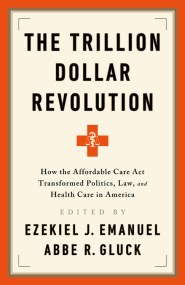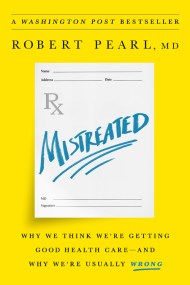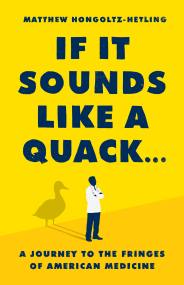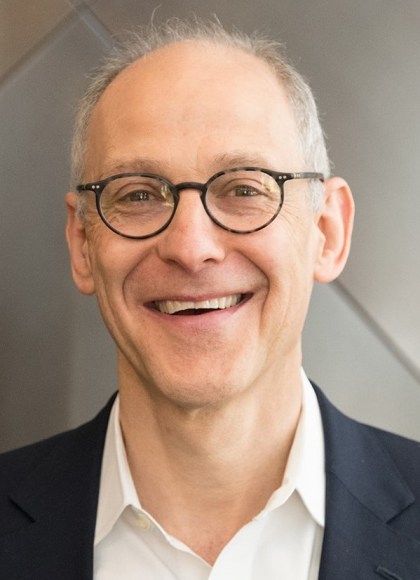Promotion
Use code BEST25 for 25% off storewide. Make sure to order by 11:59am, 12/12 for holiday delivery!
By clicking “Accept,” you agree to the use of cookies and similar technologies on your device as set forth in our Cookie Policy and our Privacy Policy. Please note that certain cookies are essential for this website to function properly and do not require user consent to be deployed.
Prescription for the Future
The Twelve Transformational Practices of Highly Effective Medical Organizations
Contributors
Formats and Prices
- On Sale
- Sep 4, 2018
- Page Count
- 272 pages
- Publisher
- PublicAffairs
- ISBN-13
- 9781541724143
Price
$16.99Price
$22.99 CADFormat
Format:
- Trade Paperback $16.99 $22.99 CAD
- ebook $11.99 $15.99 CAD
- Audiobook Download (Unabridged)
This item is a preorder. Your payment method will be charged immediately, and the product is expected to ship on or around September 4, 2018. This date is subject to change due to shipping delays beyond our control.
Buy from Other Retailers:
Prescription for the Future identifies some standout medical organizations that have achieved higher-quality, more patient-focused, and lower-cost care, and from their examples distills twelve transformational practices that could transform the entire healthcare sector.
Ezekiel J. Emanuel looks at individual physician practices and organizations who are already successfully driving change, and the specific practices they have instituted. They are not the titans everyone seems to know and assume to be the “best”; instead, Emanuel has chosen a select group — from small physician offices to large multi-specialty group practices, accountable care organizations, and even for-profit companies–that are genuinely transforming care.
Prescription for the Future shines a bright diagnostic light on the state of American healthcare and provides invaluable insights for healthcare workers, investors, and patients. The book gives all of us the tools to recognize the places that will deliver high-quality, effective care when we need it.
Genre:
Newsletter Signup
By clicking ‘Sign Up,’ I acknowledge that I have read and agree to Hachette Book Group’s Privacy Policy and Terms of Use







